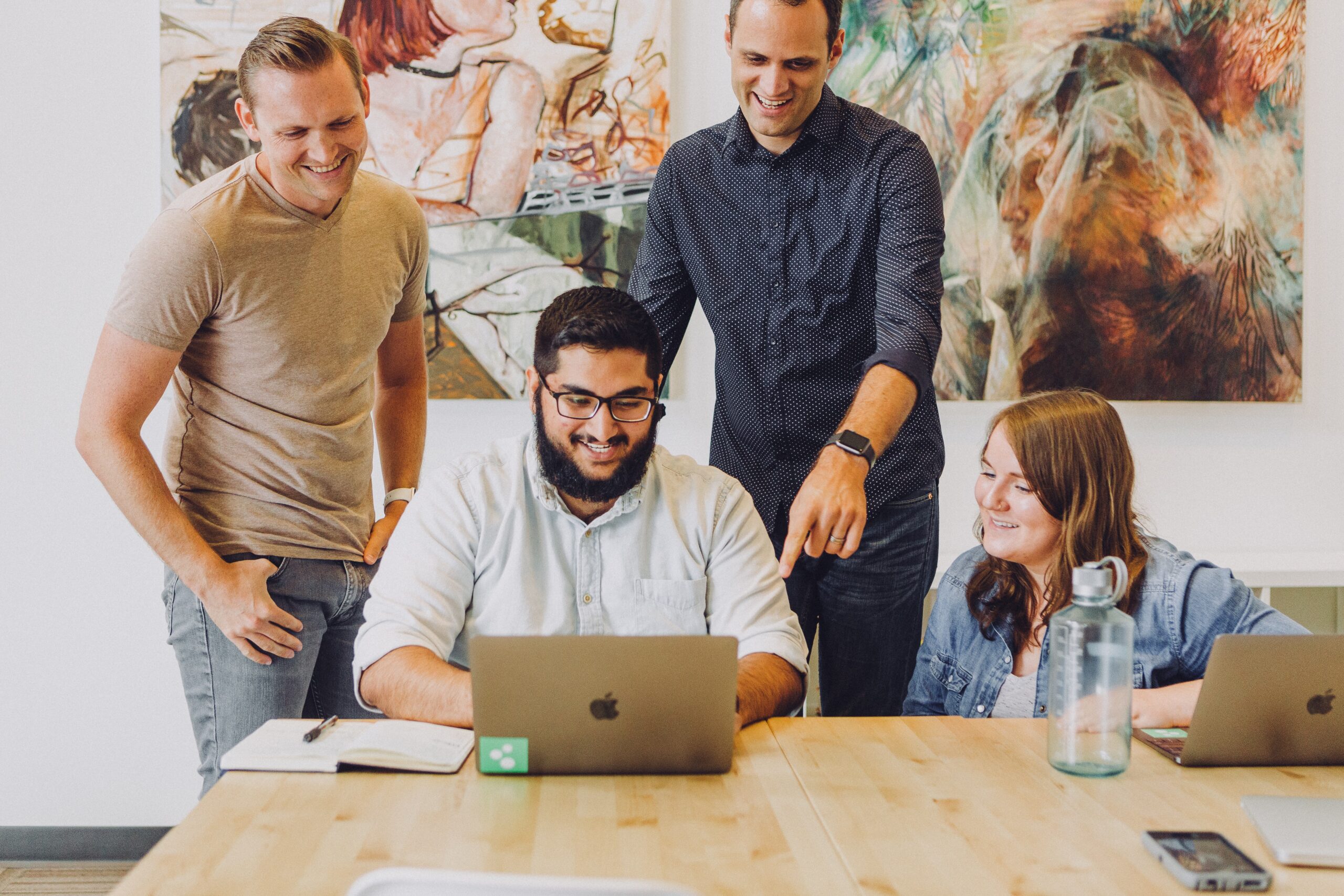
Written by Sally Evans, Director of Operations at Making Moves
With shorter days, gloomy weather and seasonal pressures, autumn/winter can be tough for many people. In fact, Seasonal Affective Disorder (SAD) is said to impact over 2 million people according to the NHS.
When it comes to work, SAD can affect productivity, increase absence levels and impact an employee’s mood.
With this in mind, office space experts Making Moves have used their expertise and put together some advice around ‘5 ways to beat the winter productivity slump’:
STAND UP
Working at a desk traditionally involves a lot of sitting, which can have negative effects on our health as well as our productivity levels. But have you ever considered standing at work instead?
Researchers at University College London discovered that working at a standing desk improved concentration and vigilance by 10% and workers made 45% fewer mistakes. Participants also scored 28% higher in creative thinking tasks when they were standing rather than sitting. Switching to a sit-to-stand desk could therefore be the solution to your productivity dips.
MONOTASK
Multitasking can be counterintuitive. While it might seem productive to work on two tasks at once, you won’t be able to give either of the tasks your full concentration, so they’ll take longer to complete, and you’ll likely find them more difficult.
In fact, Dr. Earl K. Miller, Professor of Neuroscience at the Picower Institute of Learning and Memory, suggests that humans can’t actually multitask. In a podcast with WKSU, he explains that we’re only able to experience one track of thought at any one time. What we think is multitasking isn’t multitasking at all, it’s what Dr. Miller refers to as “task switching”.
“It takes time for your brain to switch from task to task, you have to reconfigure the networks in your brain, and that time is time that could be spent doing actual thought instead of just switching” explains Dr. Miller.
“Your brain has to error-correct. When you switch from one set of networks to another, when you switch from one task to another, your brain has to backtrack and fix errors, so errors begin to creep in.”
What’s more productive is giving one task your full attention at any given time, saving other tasks (besides any quick two-minute ones) for when you’re finished. This is called monotasking and is especially helpful if you’re working on two or more big projects at once. Avoid thinking or talking about one project while you’re working on another, to help you maintain focus and efficiency.
EAT RIGHT
Eating the right foods can help give you that little boost you need to power through the afternoon, so try to choose an energy-packed snack that’s full of goodness. Some brain-boosting foods include:
Oily fish rich in omega-3s, such as salmon, tuna, or mackerel. Eating omega-3 fatty acids correlates with increased blood flow in the brain, according to a study published in the Journal of Alzheimer’s Disease. Other sources of omega-3s include flaxseeds, and chia seeds, walnuts.
Nuts are not only high in omega-3s, but also contain vitamin E, which helps protect cells and prevent oxidative stress. High levels of vitamin E have been linked to better cognitive performance, as reported in the journal Nutrients.
Whole grains are another great source of vitamin E, particularly barley, brown rice, oats, and bulgur wheat.
Berries are high in antioxidants and essential vitamins, and evidence shows that they can help improve blood flow in the brain and boost cognitive function, processing speed, memory, and attention.
Eggs are high in protein which makes them a great source of energy. According to a study published in the journal Nutritional Neuroscience, eggs are also high in an amino acid called tryptophan which helps your body produce serotonin (the happy hormone).
Green tea is naturally high in caffeine and antioxidants and has been linked to better memory and attention as well as improved brain function.
USE THE POMODORO TECHNIQUE
The pomodoro technique involves working in short 25-minute bursts (called pomodoros) separated by five-minute breaks. After four pomodoros, take a longer 15–30-minute break before starting the next pomodoro. This productivity method requires you to break your projects down into smaller, more manageable chunks, and you’ll be able to see your progress after each pomodoro.
The reason why this works is simple. We often put tasks off because approaching them brings up negative feelings. These may be feelings of anxiety, apprehension, self-doubt, or just plain boredom. Starting a large task can feel overwhelming, so we do everything we can to avoid it. The pomodoro technique turns starting a project into a short and simple first step. So, you’re simply focussing on the next 25 minutes rather than the full project.
CREATE WORKPLACE ZONES
You may find that some tasks require completely different ways of thinking and being productive. So, your workspace should offer the flexibility to adapt your working style to suit the task at hand. For example, some projects may require total concentration somewhere quiet, while you may need space to be creative and collaborative for others.
A good workspace should offer a few different options to suit different working styles. Private working pods provide a comfortable space to focus undisturbed and separate meeting rooms offer a private place for phone calls and video meetings without background noise.
Collaboration spaces should be designed to encourage creativity. These areas are open plan and generally offer a range of seating options. A whiteboard or two offers space for brainstorming and breakout areas are perfect for informal chats. Be sure to read our tips for creating the perfect collaborative workspace to design a solution that works best for your team.
Zoning not only provides everyone with the kind of workspace they need but moving between them is an opportunity to take a short break and gain a new perspective. If you feel like you’ve hit a wall, moving to another part of your office may help you regain control of your productivity levels.



